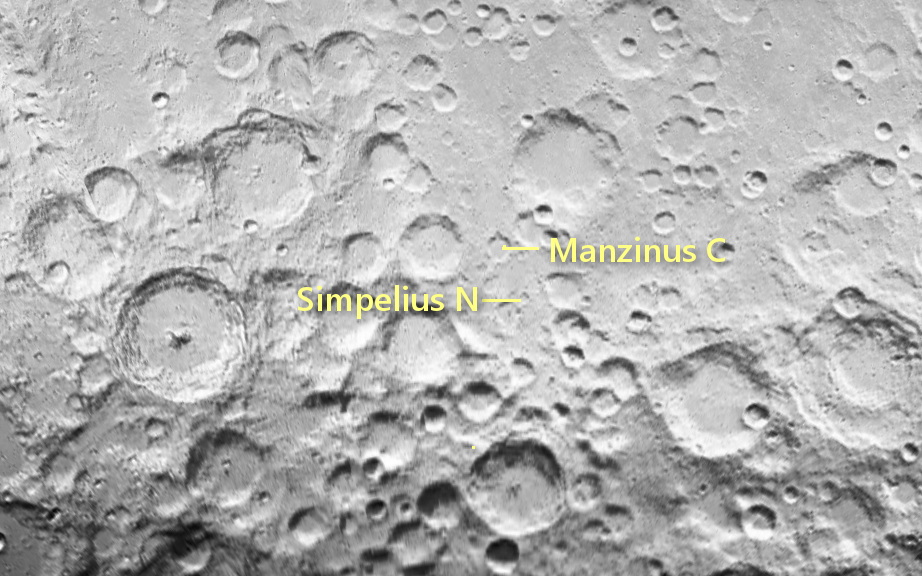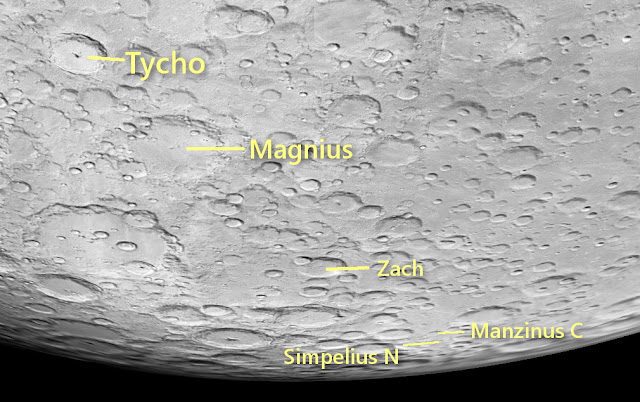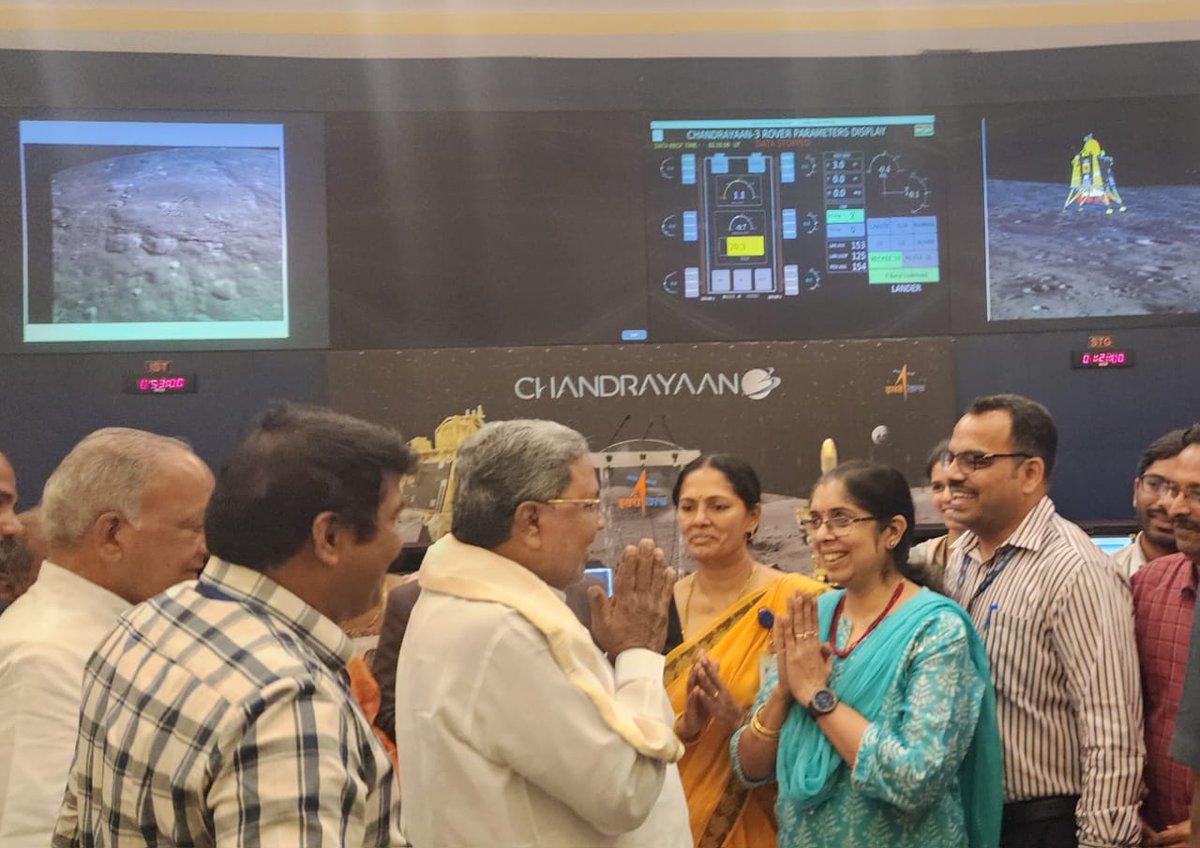Re: Chandrayaan 3: Launch and Discussions
Posted: 24 Aug 2023 06:58
Here's another picture before deployment of solar panel:


Consortium of Indian Defence Websites
https://forums.bharat-rakshak.com/

Looks like the solar panel was deployed while still on the ramp. There are some stones right after the off ramp. The rover's dimensions are 3 feet x 2.5 feet x 2.8 feet and a velocity of 1 cm /sec. What is it's ground clearance? Hope it's enough to clear the rocks.
I think PRAGYAN is tethered to VIKRAM as it drives off the ramp onto the lunar surface. Once on the lunar surface (i.e. off the ramp) PRAGYAN ditches the tether and is free. I am quoting from memory from some Brochure/article I read and happy to stand corrected.hanumadu wrote: ↑24 Aug 2023 07:06Looks like the solar panel was deployed while still on the ramp. There are some stones right after the off ramp. The rover's dimensions are 3 feet x 2.5 feet x 2.8 feet and a velocity of 1 cm /sec. What is it's ground clearance? Hope it's enough to clear the rocks.
How does the rover control it's speed on the ramp as its quite steep. The gravity on the moon is less, so that helps. Are there any other mechanisms that will slow it down while it gets down the ramp?
Dry lubricated Mechanical disk breaks are the simplest way to control the speed of the rover.
Q. Will a satellite in a large elliptical orbit around the earth be within line of sight of the far side of the moon (even a partial amount of the far side) or is the Langrange point the only spot that can provide line of sight to both the earth and moon?Amber G. wrote: ↑23 Aug 2023 23:34 Ignore - if not interested in nerdy science - Trying to give some scientific insights in answering the questions:
(Comments are scientifically accurate -- figures etc are not 'official' etc)
Communication Challenges:
One of the primary difficulties in landing on the far side of the Moon is that direct communication with Earth is blocked by the Moon itself. To overcome this challenge, China utilized a relay satellite named Queqiao, positioned at the Earth-Moon Lagrange Point 2 (L2), which provides a line of sight to both the far side of the Moon and Earth. This relay satellite receives signals from the lander and rover and then relays them to Earth.
yes it has been quiet a while since the rover solar panel deployment event.
As Disha ji pointed out - fully automated.

Ramana and others ..Thanks.
First, let's cover some fundamental concepts. Honestly, some of the comments provided are not entirely accurate (and some, in my opinion, are quite peculiar) when it comes to basic physics.1. With lunar gravity very low, returning to earth should consume much less thrust. What would be the ratio , is it 1:100?
2. Entering back to earth, how much thrust ratio needed compared to escaping the earth's gravity, my understanding is huge thrust is used for escaping the earth's gravity.
3. How easy it would be to launch rocket from moon to outer space compared to launching from earth, with moons low gravity advantage, provided we can generate rocket fuel from moon's water/gas/elements.
4. In case we make moon habitable, does building international space station become redundant?
We will still need delta-V of about 30 Km/sec to, say go to Mars (unless, we do gravity assist with Moon or Earth etc) .. but from earth we need around 8 km/sec just to get to a space -station.. so savings are tremendous... besides since there is no air on moon, it is possible to have ground based shooting guns type launch to provide more efficiency than rockets. (On earth, you can not shoot with high velocity as the friction from air there ... so you need 2 or 3 stages...))3. How easy it would be to launch rocket from moon to outer space compared to launching from earth, with moons low gravity advantage, provided we can generate rocket fuel from moon's water/gas/elements.b][/b]
The lunar day is 14 days and it just started. So, the sun was already up when the lander touched down on the moon.juvva wrote: ↑24 Aug 2023 08:44yes it has been quiet a while since the rover solar panel deployment event.
i am guessing they are waiting for the sun to come up further, for a more optimum solar power generation and/or waiting for the electronics and mechanicals to warm up before moving on to the surface.
in any case: i hope dilbu comes back on the forum with his reverse black magic powers
Earthbound orbits are possible upto 1.5 million kilometres apogee. ( That is Lagrange1 point distance ... beyond it Sun will gobble the craft as its orbit slave )RCase wrote: ↑24 Aug 2023 08:30
Q. Will a satellite in a large elliptical orbit around the earth be within line of sight of the far side of the moon (even a partial amount of the far side) or is the Langrange point the only spot that can provide line of sight to both the earth and moon?
Thanks. Appreciate your knowledge sharing across various posts.
https://nssdc.gsfc.nasa.gov/nmc/spacecr ... d%20Time).It began its powered descent towards the surface at 12:14 UT on 23 August and landed in the south polar region of the Moon, near 69.37 S, 32.35 E, 19 minutes later at 12:33 UT (6:03 p.m. India Standard Time).
The craters themselves are much smaller compared to other craters and the small plateau between them seems to have other features like hills.The landing occurred between Manzinus C and Simpelius N craters on the lunar nearside at 12:34 Universal Time (UT) (6:34 a.m. Eastern Daylight Time, or EDT) on Wednesday, August 23rd.



SSSalvi ji, unfortunately, ISRO is the producer of the video feed and the commentary, not DD. Sadly, they dont seem to care about the production quality and camera work.
Chennai, Dec 6 : The Indian space agency has said it is the producer of all its rocket/satellite launch broadcast/telecast by Doordarshan (DD) and the latter does not have any copyright.

sanman wrote: ↑24 Aug 2023 16:17 https://twitter.com/ANI/status/16945859 ... 69/photo/1
Someone got photo-op with ISRO people, and in the backdrop we can see the system health monitoring screen for Pragyan Rover:
[img]https://pbs.twimg.com/media/F4RghEAa4AA ... medium[img]
The forward part of the rover is the blue-tinted sections, the back part of the rover has gray-tinted sections.
The @isro dreamt of by Pandit Nehru, nurtured by Indira Gandhi ji, and taken to great heights by Rajiv Gandhi ji and Dr. Manmohan Singh ji achieves a new milestone!
A proud moment for all, as we excitedly watch the #Chandrayan3 take off to conquer the moon!
Jai Hindpic.twitter.com/xXkMWwLKwG
— K C Venugopal (@kcvenugopalmp) July 14, 2023
India's voyage to the moon and beyond is a tale of pride, determination & vision.
It was independent India’s first Prime Minister, Jawaharlal Nehru, whose scientific outlook and vision laid the foundation of Indian space research.
Today, the success of Chandrayaan-III is a… pic.twitter.com/Uc1PiIIesl
— Congress (@INCIndia) August 23, 2023
Chandrayaan-3 Mission:
All activities are on schedule.
All systems are normal.
- Lander Module payloads ILSA, RAMBHA and ChaSTE are turned ON today.
- Rover mobility operations have commenced.
- SHAPE payload on the Propulsion Module was turned ON on Sunday.
Highly elliptical orbit around Earth will not be the best approach -RCase wrote: ↑24 Aug 2023 08:30
Q. Will a satellite in a large elliptical orbit around the earth be within line of sight of the far side of the moon (even a partial amount of the far side) or is the Langrange point the only spot that can provide line of sight to both the earth and moon?
Thanks. Appreciate your knowledge sharing across various posts.